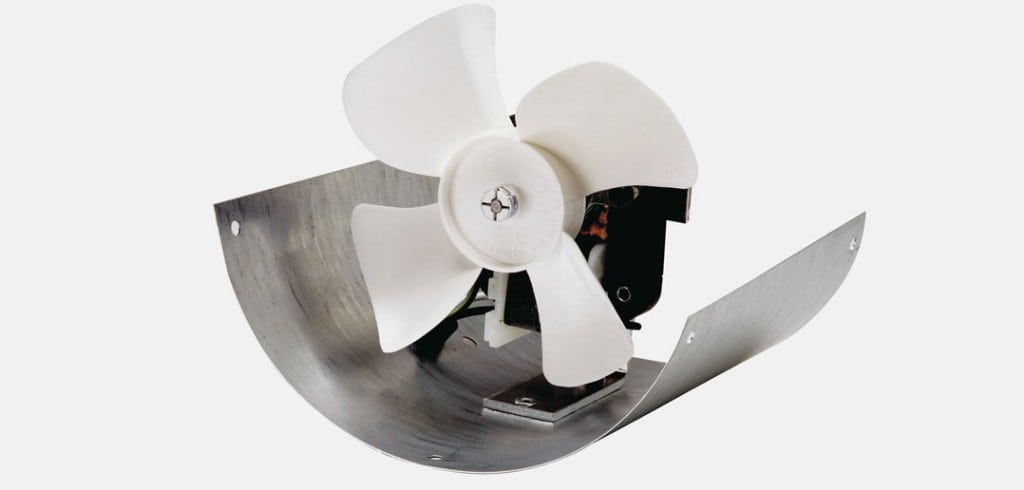Dear Jim: We have a new heat pump, but we have a problem keeping all of the rooms in our home comfortable. Someone is always too hot or too cool. What are some simple methods to even out the temperatures throughout the house? — Jason F.
Dear Jason: The problem you are experiencing is common, particularly in two-story homes. Unless you install an expensive zone-control system with multiple thermostats, your heat pump can only respond to the temperature of the room where the wall thermostat is located.
Numerous factors determine how much heating or cooling is used: the number and orientation of the windows, whether the room is located on the first or second floor, the activity level in the room and the length of the duct leading to it.
There also may be differences in the energy efficiency of various rooms. Leaky windows are a particular problem. When using an air-conditioning system, place an air deflector over the register to help distribute cool air throughout the room.
Check your home’s attic insulation, especially if it is the blown-in type. The insulation can shift during storms, and eventually, some rooms can have 2 feet of insulation while others only have 2 inches. This can have a major effect on the room temperature. Even out the insulation as much as possible.
The standard builder-installed sheet metal ductwork often has many leaky spots, so some of the heated or cooled air leaving the heat pump never makes it to the rooms in your home. The joints between the duct segments are the most common areas that leak. Use a high-quality tape such as black Gorilla Tape to wrap all the joints. You may find this takes care of most of the problems.
Each room should have a return air register, particularly bedrooms where the doors may be closed at night. Return ducts usually run down between the wall studs inside interior walls, so adding them in problem rooms is not difficult for a contractor to do. There are many innovative ways to install an additional return duct. For example, in my parents’ older two-story home, the contractor was able to run a return duct down through a never-used laundry chute to the basement.
Check the ducts near the heat pump. If you see short handles on each one, they are for control dampers inside the ducts. When the handle is parallel to the duct, the damper is fully open. Partially close the dampers in the duct leading to the rooms that are getting too much heating or cooling to force more to the problem rooms.
Don’t try closing the damper in the room’s floor or wall registers. First, they typically are leaky, so the airflow will not be reduced by much. Second, because the ducts inside the walls are probably leaky and you have no access to seal them, conditioned air is lost inside the exterior walls.
If these methods do not provide adequate temperature balancing, consider installing duct booster fans. These small fans mount in the ducts to the problem rooms and force more conditioned air to them.
These fans are sized to fit standard round and rectangular residential ducts and can be controlled in different ways. The simplest fans sense when the main blower turns on, and they automatically run at the same time. Others have built-in thermostats to determine when they run. It is best to hire an experienced contractor to handle the installation for you. The fan can be wired into your blower switch to turn on with the heat pump.
A simple do-it-yourself option is to install a register booster fan. This small rectangular fan mounts over the register cover in the room and is plugged into a standard electrical wall outlet. The small fan uses only about 30 watts of electricity, and some models are adjustable to turn on only when more cooling or heating is needed in that particular room.
Setting the thermostat to continuous fan may also help, but note: It will increase your electric bill. The fan setting is most helpful if your new heat pump has a variable-speed blower, which allows the blower to continuously run on a low speed. Variable-speed blower motors are also more efficient than a standard blower motor.
These companies offer booster fans: Aero-Flo Industries, 219-393-3555, www.aero-flo.com; Field Controls, 252-522-3031, www.fieldcontrols.com; and Suncourt Manufacturing, 800-999-3267, www.suncourt.com. For register deflectors, see Ameriflow, 800-252-8467, www.ameriflowregisters.com; and Deflecto Corporation, 800-428-4328, www.deflecto.com.



